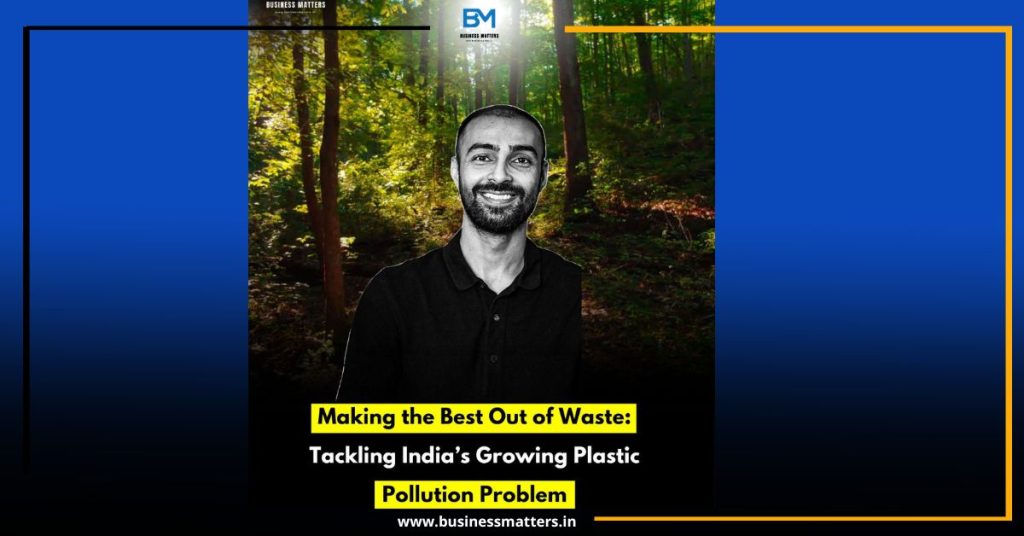From colorful craft exhibitions in school to innovative DIY projects, we’ve all grown up with the theme “Making the Best Out of Waste.” Back then, it was about creating something beautiful from scrap — photo frames, wall hangings, or pen stands. What seemed like a fun activity in childhood now echoes a serious global concern: solid waste management, especially when it comes to plastic pollution.
Today, solid waste—particularly plastic waste—stands as one of the most pressing environmental issues worldwide. India, known for its rapid industrial growth and expanding consumer base, has unfortunately earned the title of one of the world’s largest plastic polluters. The country generates an estimated 9.3 million tonnes of plastic waste every year, contributing to nearly 20% of the global total. This alarming figure highlights the urgent need for sustainable waste management and stronger recycling systems.
What’s more concerning is that plastic traces are now found everywhere—from the deepest parts of the ocean to the most remote mountain peaks. Microplastics have infiltrated soil, water, and even the food chain, posing serious risks to both human health and biodiversity. While governments and organizations across the globe are implementing bans and restrictions on single-use plastics, the real challenge lies in effective waste segregation, collection, and recycling.
Recycling is often promoted as the ultimate solution to the plastic problem. However, not all plastics are created equal. One of the biggest challenges in this space is metalised multilayered plastic (MLP)—the shiny, flexible material used in everyday packaging such as chips, biscuits, and instant noodle packets. MLPs are designed for durability and shelf-life extension but are nearly impossible to recycle through conventional methods due to their complex composition. As a result, these materials often end up in landfills or water bodies, contributing heavily to long-term pollution.
To truly make the best out of waste, we must rethink our approach to plastic use and disposal. This means encouraging eco-friendly alternatives, improving public awareness, and investing in innovative recycling technologies. Companies can take responsibility by adopting Extended Producer Responsibility (EPR) practices—ensuring that the waste generated from their products is properly collected and recycled. Consumers, on the other hand, can make small but significant changes, like reducing single-use plastic consumption, segregating household waste, and supporting brands that prioritize sustainability.
Educational institutions, too, can play a powerful role by reviving the spirit of “Making the Best Out of Waste” through eco-driven projects and awareness campaigns. By inspiring creativity and responsibility at a young age, we can nurture a generation that values sustainability over convenience.
In conclusion, while we can’t completely eliminate plastic overnight, collective action and conscious effort can lead us toward a cleaner, greener future. It’s time to move beyond just making art from waste—and start making a real difference.


